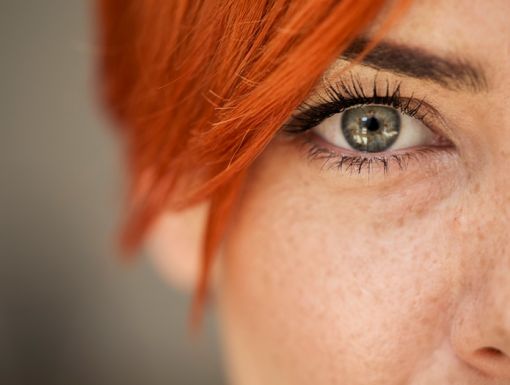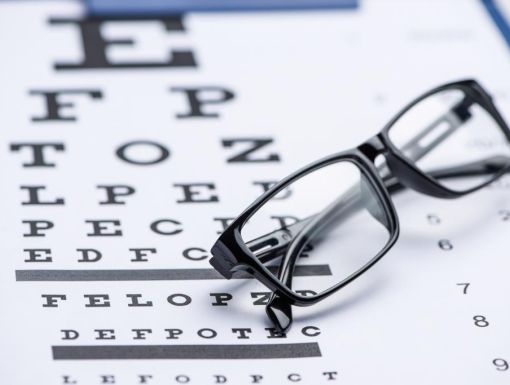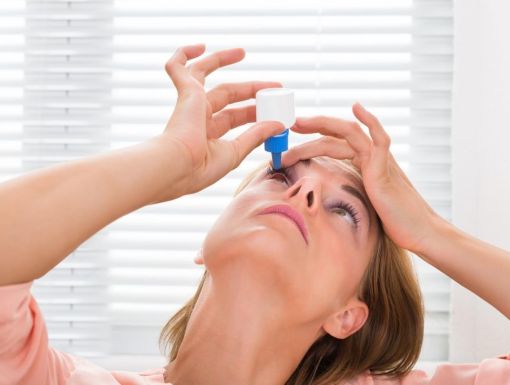
Eye Exams 101: What to Expect During Adult and Child Eye Exams
Did you know that just about any systemic disease or disorder (diabetes, high blood pressure, arthritis, irritable bowl syndrome, herpes and lupus – just to name a few) can affect your eyes? Did you know that even though you may have 20/20 vision, your eyes may not be working together? This can lead to issues with depth perception, hand-eye coordination, reading and more.
Our vision connects us to our environment - playing a major role in our learning and safety. It impacts just about everything we do. Due to the importance of vision, the American Optometric Association recommends that the first eye exam take place between 6 and 12 months of age. For adults, eye exams are recommended every 2-3 years through age 40, and yearly from then on.
So, what should we expect from an eye exam?
For Children:
A pediatric optometrist will assess three major components of vision and ocular health:
1. The Binocular Vision System: Eye teaming and tracking is crucial for academic and athletic success. The doctor will have your child fixate on something far away (often a TV or other fun target) and cover and uncover each eye to make sure that eyes are working together and tracking properly. The doctor will also have an engaging target to perform this same test up close.
2. The Visual System: During the initial exam, verbal children may be asked to identify letters, shapes, numbers or pictures at different distances. For babies and non-verbal children, a series of tests with lights and prisms will assess visual capability. After pupil dilation, refractive error (nearsightedness, farsightedness or astigmatism) will be tested by using a special instrument (retinoscope) and lenses to determine the need for, and prescription of glasses.
3. Ocular Health: You can likely count on your child’s pupils being dilated, especially if this is the first eye exam (don’t worry – experienced pediatric optometrists know how to make this fun and non-stressful.) Using a slit lamp, or other handheld magnifying lenses with lights, the anatomy of all parts of the eye are examined. This will reveal information about eye abnormalities, communication with the brain (especially with neurological conditions) and eye diseases.
As a reminder, please set aside enough time for the eye exam. A good comprehensive one will take anywhere between 1 and 2 hours (including wait time and pupil dilation). Often, child-friendly activities will be provided, but please feel free to bring along other fun things to pass the time. Also, it’s a good idea to feed your child prior to the exam.
For Adults:
1. The Visual System: This is assessed by obtaining visual acuities both close-up and at a distance by reading letters from the eye chart.
2. A Refraction: Done with a phoropter, you will let the doctor know which version of an image looks more clear: image one or image two.
3. Eye Pressure: Before pupil dilation, some offices use yellow eye drops followed by a blue light, while others use the “puff of air test” to measure eye pressure.
4. Ocular Health: This will be assessed using bright lights and magnifying lenses, along with a slit lamp.
You may be familiar with 20/20 vision – the clarity and sharpness of our vision – but what’s revealed in an eye exam is so much more than a number. Make sure you understand what takes place during an eye exam so you can be prepared to ask the right questions about your eye health.



